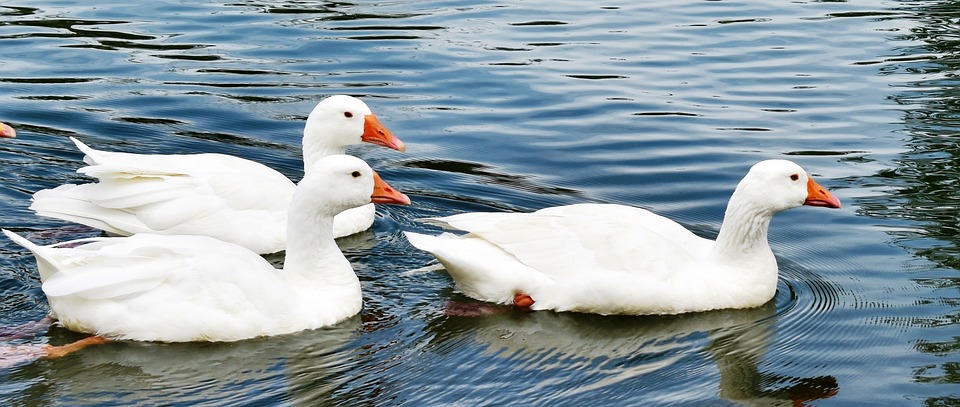Fish tank aeration is often overlooked by fish keepers, but it is a vital aspect of maintaining a healthy and thriving aquatic environment for your fish. Adequate oxygen levels in the water are essential for the well-being of your fish, as it directly affects their ability to breathe, eat, and grow. In this article, we will explore the importance of fish tank aeration, the reasons behind it, and how you can ensure your fish receive the oxygen they need to flourish.
Fish rely on oxygen in the water to survive, just like humans rely on oxygen in the air. Fish respiration involves the intake of oxygen and the release of carbon dioxide. Without enough oxygen, fish can suffocate and experience severe health problems. Different fish species have varying oxygen requirements, with some needing more oxygen than others. It is important to research the specific oxygen needs of your fish species to ensure they receive the right amount of oxygen in the tank.
When there is a lack of oxygen in the fish tank, it can lead to serious consequences. Low oxygen levels can cause stress to fish, compromising their immune system and making them more susceptible to diseases. It can also hinder their growth and overall development. Symptoms of low oxygen levels in fish tanks include gasping at the water surface, lethargy, and loss of appetite. If these signs are not addressed promptly, it can lead to fish fatalities.
Fish tank aeration plays a crucial role in enhancing oxygen exchange at the water surface. By introducing air into the water, it increases the surface area available for oxygen to dissolve. This allows fish to extract oxygen more efficiently, ensuring they receive the oxygen they need to thrive. A well-aerated tank also prevents the buildup of harmful gases, such as carbon dioxide and ammonia, which can be toxic to fish in high concentrations.
In addition to improving oxygen levels, fish tank aeration promotes fish health and overall well-being. Proper aeration helps to maintain stable water conditions, such as temperature and pH levels, which are crucial for fish health. It also boosts the fish’s immune system and disease resistance, reducing the likelihood of infections and illnesses. A well-aerated tank creates a clean and oxygen-rich environment that supports the growth and vitality of your fish.
There are several methods available for fish tank aeration. Air pumps and air stones are commonly used to introduce air bubbles into the water, increasing oxygen levels. Surface agitation, achieved through the use of filters or water movement devices, also enhances oxygen exchange. Water movement and circulation throughout the tank help to distribute oxygen evenly, ensuring all areas of the tank receive sufficient oxygen. Additionally, oxygenating plants, such as aquatic ferns or waterweed, can contribute to the oxygen levels in the tank. Live plants produce oxygen during photosynthesis, helping to supplement the oxygen supply for your fish.
To address some common questions, aeration is necessary even if your tank has a filter. While filters can help with water circulation, they do not always provide sufficient oxygenation. The frequency of aeration depends on factors such as the size of the tank, the number of fish, and the oxygen requirements of the fish species. Over-aeration is generally not a concern, as fish can adjust to higher oxygen levels. Signs that your fish tank lacks sufficient aeration include fish gasping at the water surface, excessive algae growth, and foul odors. While live plants can contribute to oxygen levels, they may not provide enough oxygen on their own, especially in heavily stocked tanks.
In conclusion, providing adequate aeration in your fish tank is crucial for the health and well-being of your fish. Understanding the significance of fish tank aeration, the various methods available, and the specific oxygen requirements of your fish species will help you create an optimal aquatic environment. Remember, a well-aerated tank promotes fish health, enhances their overall vitality, and reduces the chances of diseases. Invest in proper aeration equipment and methods, and watch your fish thrive in their oxygen-rich habitat.









